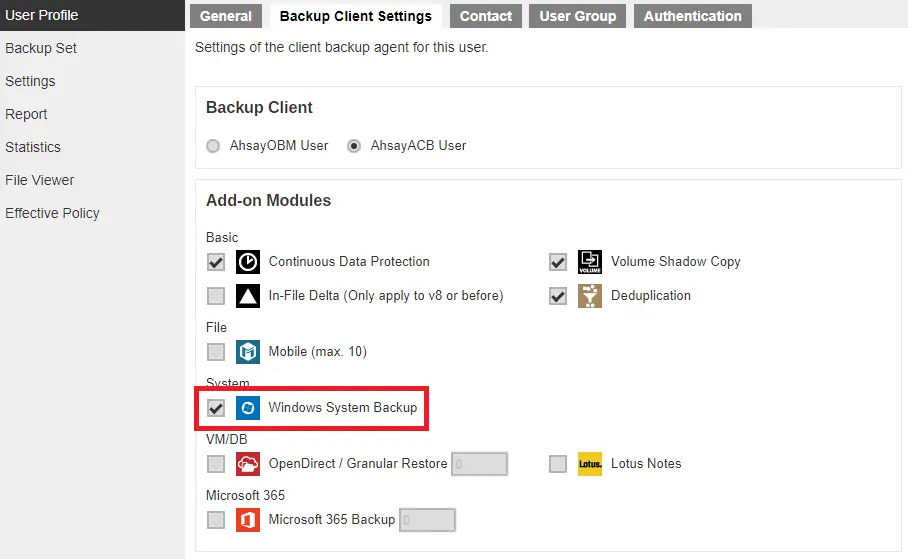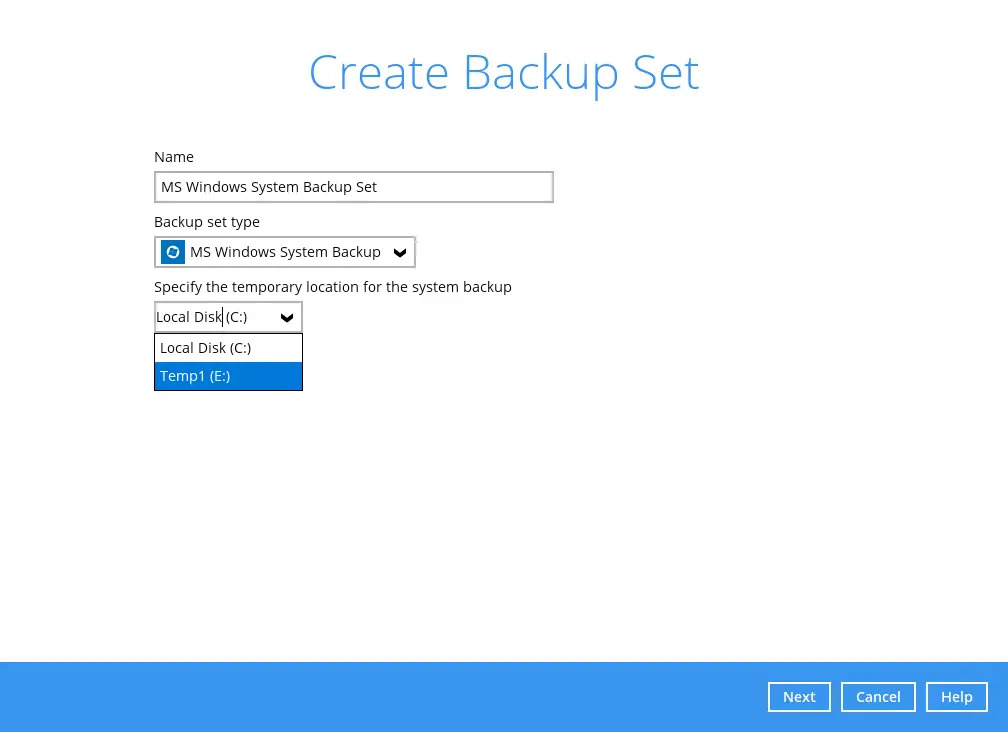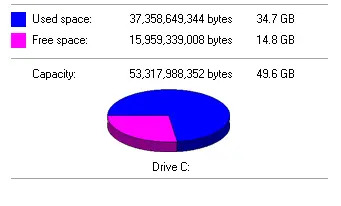AhsayACB Windows System and System State Requirements
Windows System Requirements
AhsayACB Installation
Make sure that the latest version of AhsayACB is installed on the computer to be backed up.
AhsayACB Add-on Module Configuration
Make sure that the Windows System Backup add-on module is enabled for your AhsayACB user account. Please contact your backup service provider for more details.

Backup Quota Requirement
Make sure that your AhsayACB user account has sufficient backup storage quota assigned to accommodate the storage for the system backup. Contact your backup service provider for details.
Java Heap Size
The default maximum Java heap size on a 64-bit Windows machine is 2048M. For better performance, especially for in-file delta generation of large image files, it may be advantageous to increase the maximum Java heap size.
For best performance, consider increasing the memory allocation setting for AhsayACB (Java heap space).
Refer to this link for more details about the modification of the java heap size setting for AhsayACB.
FAQ: How to modify the Java heap size setting of AhsayOBM / AhsayACB?
License Requirement
AhsayACB licenses are calculated on a per device basis:
- To back up users with one backup client computer (e.g. 1 AhsayACB installed), one AhsayACB license is required.
- To back up users with multiple backup client computers, the number of AhsayACB licenses required is equal to the number of devices. For example, if there are 10 users to be backed up with 3 backup client computers, then 3 AhsayACB licenses are required. Please contact your backup service provider for more details.
Windows Requirement
Ensure that you have the latest service packs installed. Updates to the Windows operating system improve its performance and resolve known issues with the Windows Server Backup.
Temporary Volume
Make sure that the storage location configured for the system image is set to a supported location.

The temporary storage location is required by the WBADMIN utility to temporarily store the image file during the backup job.
The machine requires an additional drive to accommodate the spooling of the System State image file. As you can see in our sample screenshot above, we have two (2) drives in total, Local Disk C: and Temp1 E:.
If the machine has only one (1) drive, then one of the following options will need to be implemented to create the temporary volume.
- A USB drive needs to be connected
- The existing C: drive will need to be repartitioned to create an additional drive, i.e. D:
- An extra physical drive will need to be installed
- Set up a network drive (the least preferred option as it will affect the backup performance)
For more details about the restrictions, please refer to the following link:
Disk Space Available in Temporary Storage Location
Make sure that there is sufficient disk space available in the storage location for the backup set.
For a system backup, it will typically require disk space of the total used size of all volumes selected for backup.
The requirement is ‘Used space’ and not ‘Free space’ of all volumes selected for backup.

Maximum Supported Disk Size
For Windows Vista / 7, source volumes with size greater than 2 TB (e.g. 2040 GB – 2 MB = 2088958 MB) are not supported.
This limitation is related to the .vhd file size limit.
This limitation does not apply to Windows 8 or newer releases of Windows platforms.
Restore Considerations
Please consider the following before performing an MS System restore.
Windows Account Permission
To perform a full-system recovery, the operating system account that you use, must be a member of the Backup Operators or Administrators group.
Disk Size
For recovery of operating system to a new hard disk, ensure that the disk that you restore to is at least the size of the disk that contained the volumes that were backed up, regardless of the size of those volumes within.
For example, if there was only one volume of size 100 GB created on a 1 TB disk during backup, then you should use a disk that is at least 1 TB when recovering.
Caution on Recovery to Dissimilar Hardware
This recovery method requires the restore target system to have similar hardware and the exact same boot type as the source system from which the backup was taken. Disk adapters are especially sensitive. If dissimilar hardware is used, the restored system might not be able to boot.
For example, if the system backup image was taken from a BIOS-based system, the recovery environment must be booted in BIOS mode.
BitLocker Drive
For computers with BitLocker Drive Encryption enabled, make sure to re-apply BitLocker Drive Encryption to the volume after a restore.
This will not happen automatically, it must be enabled explicitly.
For instructions, refer to the following:

 How-To
How-To